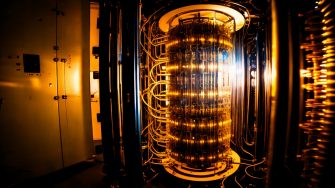Opening remarks at the Supercomputing Asia Conference 2024
Professor Attila Brungs gave the opening remarks at Supercomputing Asia Conference 2024 in Sydney.This was the first time the conference had been held outside Singapore, making the immense potential for regional collaboration to address some of the important scientific challenges of our time




